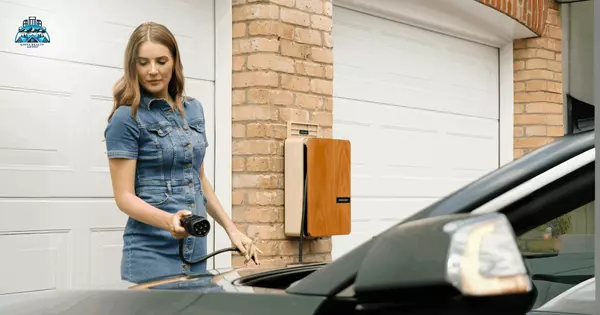
Homeowner's Guide to DIY Bathroom Repairs
Owning a home comes with its perks, including the ability to make changes to suit your preferences. However, along with this freedom comes the responsibility of handling repairs and maintenance. Instead of calling a professional for every minor bathroom issue, you can save time and money by tackling

Tips for Elevating Your Space with Stylish Decor
Attention, decor enthusiasts! Are you ready to give your home a fresh new look? Whether you're moving into a new space or simply looking to refresh your current decor, there are plenty of ways to elevate your surroundings and create a stylish, inviting atmosphere. Let's explore some tips for designi

Habits for a Spotless Home
Maintaining a tidy home requires consistent effort and the establishment of effective habits. By incorporating these five habits into your daily routine, you can keep your living space organized, clean, and clutter-free: Establishing a Cleaning Schedule: Designate specific days or times for differen
Categories
Recent Posts











